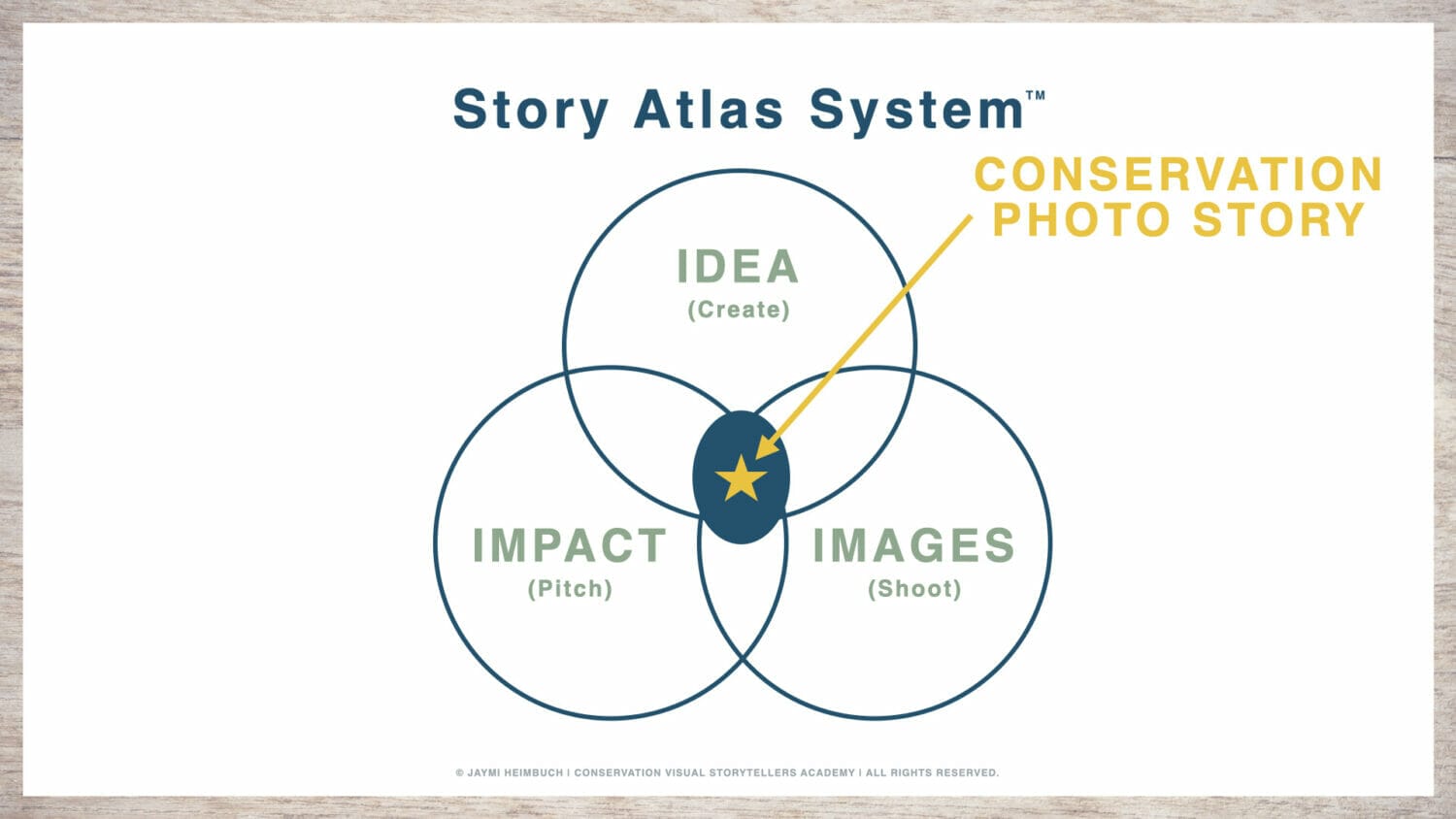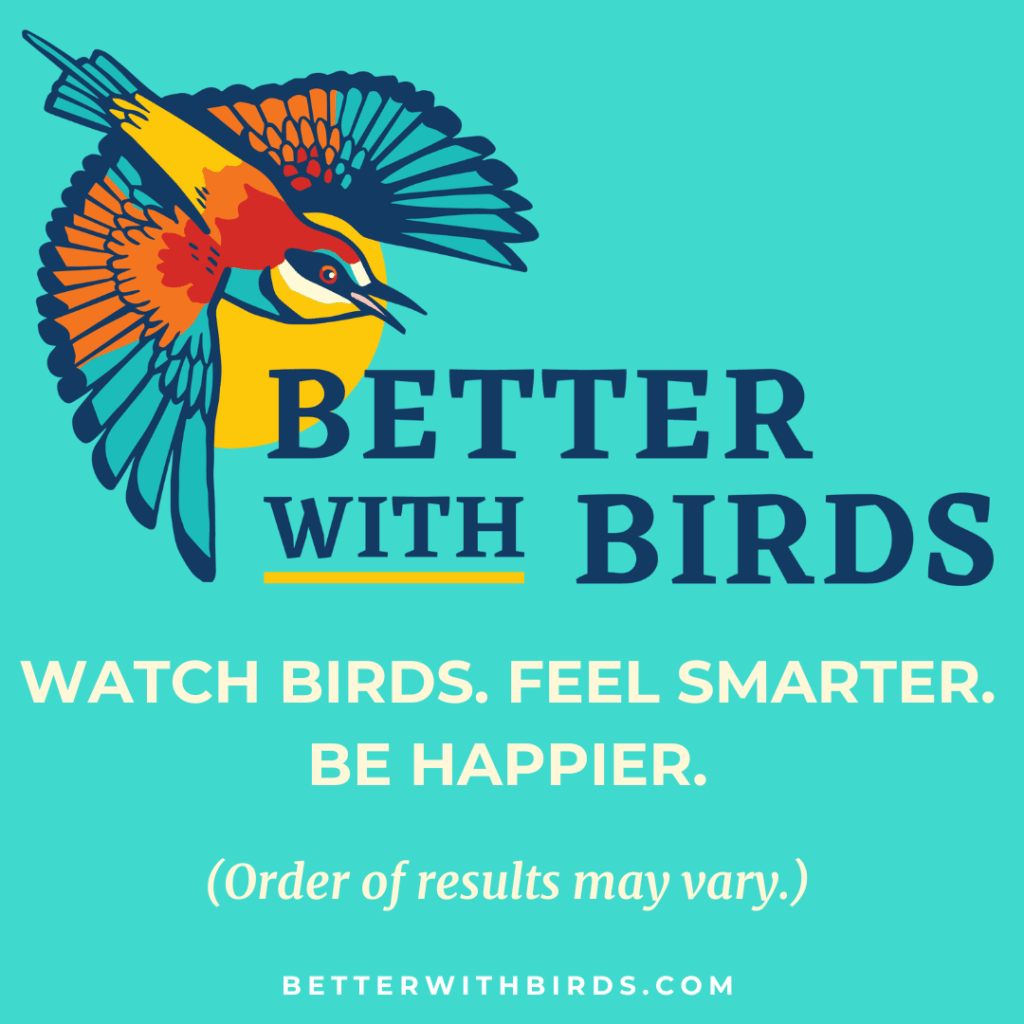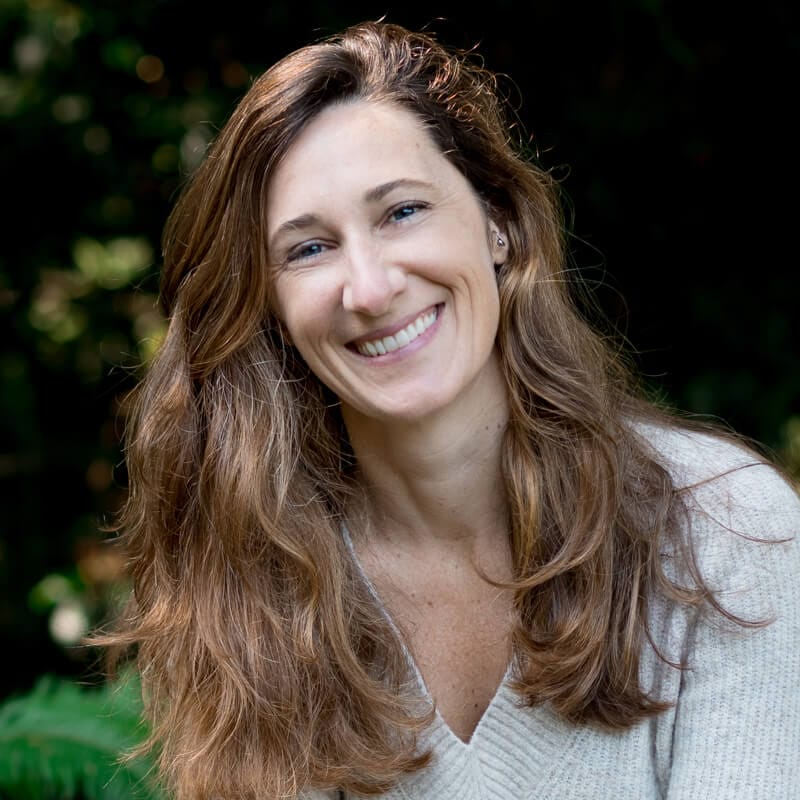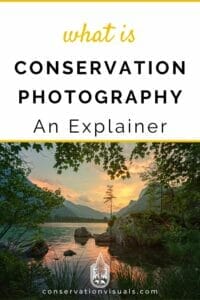Read Time: 3 minutes
Conservation photography is photography with the goal of bringing attention, understanding, and action to environmental issues. It is a form of advocacy, education, and art all rolled into one.
It’s a powerful way to enjoy your passion for nature and wildlife photography and go one step further by putting your photos to work to help the habitats, species, and communities you care about.
Conservation Photography contains three elements: Idea, Images, and Impact.
Image: Conservation Visual Storytellers Academy
❂ Idea
The issue, the topic, or the theme you’re focusing on
❂ Images
Photographs that evoke emotion, illuminate situations, or express the story.
❂ Impact
The actions you take with your images to bring awareness, understanding, and action to the idea
These three elements make conservation photography an effective and essential part of nature and wildlife photography.
A brief history of conservation photography
Conservation photography has existed since the dawn of the camera. One of the earliest examples of conservation photography in action dates to 1864. Carleton Watkins created some of the first photos of Yosemite Valley seen by people living in the East. They made a dramatic impression on viewers.
According to Getty, “Partly on the strength of Watkins’s photographs, President Abraham Lincoln signed the 1864 bill that declared the valley inviolable, thus paving the way for the National Parks system.”
Photo: Carleton Watkins/Creative Commons Attribution-ShareAlike License
In 1908, Oregon-based photographers Wiliam Finley and Herman Bohlman photographed birds at Mahlure Lake. Finley then used his images to convince President Theodore Roosevelt to create the Mahlure National Wildlife Refuge.
And Ansel Adams’ created a book called Sierra Nevada: The John Muir Trail with his images of California’s Kings Canyon. The book helped influence President Franklin D. Roosevelt to sign the 1940 bill that established King’s Canyon as a national park.
Using photography to show policy-makers and the public alike the wonders of nature and what’s at stake is as much a deep-rooted part of photography’s long history as Kodak moments and family photo albums.
Even though photography has been a valuable tool in conservation for many decades, the purposeful use of images to make conservation gains wasn’t recognized as a discipline within photography. It was thought of more as one field – photography – helping aid another field – conservation.
That changed in 2005 when Cristina Mittermeier, a marine biologist turned conservationist and photographer, formalized the term “conservation photography” and helped define it as a field in its own right.
The name clarified what some nature and wildlife photographers were already doing with their imagery and made it a defined niche that other photographers could recognize and specialize in.
Photo: Jaymi Heimbuch
A marbled murrelet, a threatened seabird species, is held by a scientist after a tiny tracker has been attached to its back. Conservation photography creates a bridge between science and the public, documents events of importance, and connects people to the natural world as well as their own communities.
Conservation photography in the modern era
Today, conservation photography can be used by any photographer of any experience level to:
Bridge art and science by creating photos that make scientific concepts more accessible to everyone and humanize the scientists who work so hard to gather essential data
Create positive change by using their storytelling photos to inform, inspire, and influence the decisions made by everyone from key policymakers to community members
Connect viewers to their own and other communities impacted by environmental issues, from pollution and climate change to economics and social justice, helping to boost empathy and increase action locally and globally
And much, much more
Because conservation photography is about what you DO with your images to bring attention, understanding, and action to environmental issues, there’s no limit to what it can look like, including:
- Long-form visual stories
- Portrait series
- Photo essays
- Photojournalistic stories
- Scrollytelling webpages
- Images projected large onto buildings or landscapes
- Illuminating and educational social media posts
- Books
- Presentations
Compelling and effective conservation photography is about finding the right combination of Idea, Image, and Impact, leaving the door open for creative expression.
We can’t do nature photography without healthy, thriving ecosystems. So it’s no wonder so many nature photographers feel called to expand their efforts into conservation photography.
Luckily, working locally is one of the best ways for you to use your photos to make a positive impact on the issues you care about most.
In this guide, you’ll learn why photography is such a critical tool for protecting nature, what conservation photography looks like, and inspiring leaders in the field, plus how you can get started in this field.
You’ll discover ways you can use your nature photography to be a change-maker where it matters most:
Right where you’re standing.
Use the Chapters menu to click to any chapter in this guide, or read them in order for a complete look at how you can become a conservation visual storyteller.










